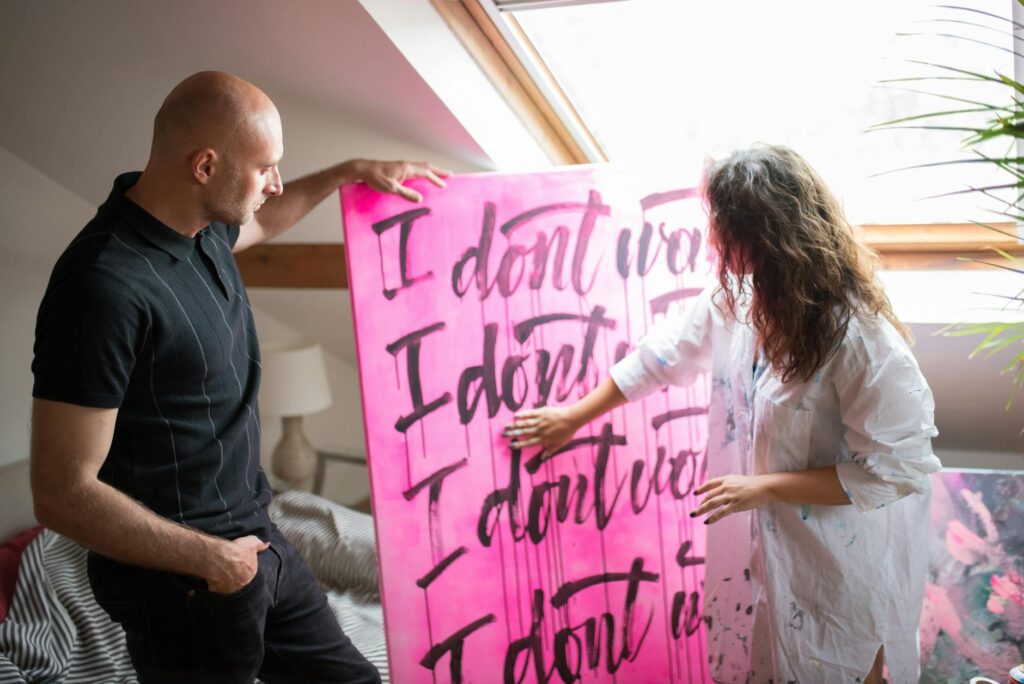What is creative brainstorming methods?

What is creative brainstorming methods?
Creative brainstorming methods are vital tools in any innovative environment, whether it’s a corporate office, a classroom, or even at home. They foster creativity, promote collaboration, and enhance productivity. But who really benefits from these techniques? Everyone—from students to business professionals—can harness the power of brainstorming to generate fresh ideas and solve problems.
What are Creative Brainstorming Methods?
At its core, creative brainstorming methods refer to structured approaches that facilitate the generation of ideas. They play a crucial role in cultivating innovation within teams. By employing these techniques, participants are encouraged to think outside the box and contribute ideas without the fear of judgment.
The Purpose of Brainstorming
So why is brainstorming essential? It acts as a catalyst for problem-solving and idea generation. When faced with a challenge, traditional thinking patterns can limit potential solutions. Brainstorming breaks down those barriers, enabling diverse perspectives to shine. This elevated creativity often leads to groundbreaking ideas and solutions that may not have been considered otherwise.
The Benefits of Creative Brainstorming
Creative brainstorming comes with numerous advantages:
- Enhanced Collaboration: It brings people together, allowing them to build on each other’s ideas and insights.
- Diverse Perspectives: Different viewpoints contribute to a richer pool of ideas, making solutions more robust.
- Improved Productivity: Ideas are generated quickly, making the process more efficient.
- Boosted Morale: Participating in brainstorming sessions can energize team members, fostering a sense of ownership and enthusiasm.
For more information on the benefits of brainstorming, check out this insightful article on the 5 benefits of brainstorming.
Popular Creative Brainstorming Methods
There are various methods that can be employed in brainstorming sessions, and each has its unique approach.
Mind Mapping
Mind mapping is a visual tool that helps organize thoughts systematically. It starts with a central idea placed at the center of the page, with branches representing related concepts or ideas radiating outward. This technique allows individuals to see connections between thoughts, making it easier to generate new ideas.

Photo by Kampus Production
Brainwriting
Brainwriting is a quieter alternative to verbal brainstorming. Instead of speaking ideas aloud, participants write down their thoughts on paper. After a set time, everyone passes their paper to the next person, who builds on the original ideas. This method can lead to a greater variety of ideas and ensures that everyone gets a chance to contribute without feeling overshadowed.
SCAMPER Technique
The SCAMPER technique prompts creative thinking by encouraging users to explore different perspectives on a concept. SCAMPER stands for Substitute, Combine, Adapt, Modify, Put to another use, Eliminate, and Reverse. By asking questions related to each aspect, individuals can uncover new possibilities and innovations.
Reverse Brainstorming
Reverse brainstorming flips the traditional approach on its head. Instead of asking how to solve a problem, participants consider how they might cause the problem. This method can unveil hidden issues and potential pitfalls, allowing teams to craft solutions more effectively.
How to Implement Creative Brainstorming Methods
To conduct effective brainstorming sessions, consider the following practical steps.
Setting Clear Objectives
Before starting a session, it’s essential to define your goals. What are you trying to achieve? Clear objectives guide discussions and keep everyone focused. Make sure your goals are specific, measurable, achievable, relevant, and time-bound (SMART).
Creating a Conducive Environment
The physical and psychological environment plays a significant role in brainstorming success. Make the space comfortable and inviting. Remove distractions and encourage open communication. A safe environment fosters trust and enables participants to share their ideas freely.
Encouraging Participation and Inclusivity
To maximize creativity, ensure that all voices are heard. This can involve setting ground rules, like no interrupting or dismissing ideas. Techniques like round-robin participation can help balance contributions, ensuring everyone has a chance to share their thoughts.
Overcoming Challenges in Brainstorming
Even with the best intentions, challenges may arise during brainstorming sessions. Here are some common issues and strategies to overcome them.
Managing Dominant Personalities
In group settings, some individuals may dominate the conversation, stifling others’ input. Establishing ground rules and using techniques like “silent brainstorming” can help balance participation. Encourage quieter participants by directly inviting their input.
Dealing with Lack of Ideas
Sometimes, participants may struggle to generate ideas. In these moments, techniques like “word association” or “brainwriting” can serve as effective icebreakers. Additionally, revisiting the session’s objectives can reignite participants’ creativity.
Conclusion
Creative brainstorming methods are powerful tools that can transform how we generate ideas and solve problems. By understanding the variety of techniques available, setting clear objectives, and creating an inclusive environment, you can foster a culture of innovation in your work or study space. Don’t hesitate to implement these methods and see the difference in your creative processes. Embrace the power of brainstorming and unlock your team’s full potential!
For further reading on various brainstorming techniques, explore this comprehensive guide on effective brainstorming techniques.